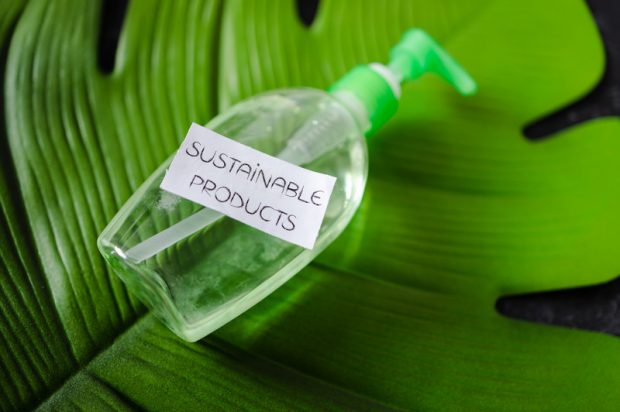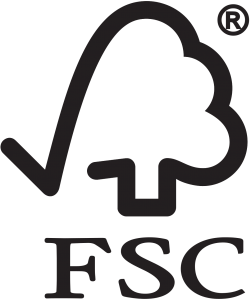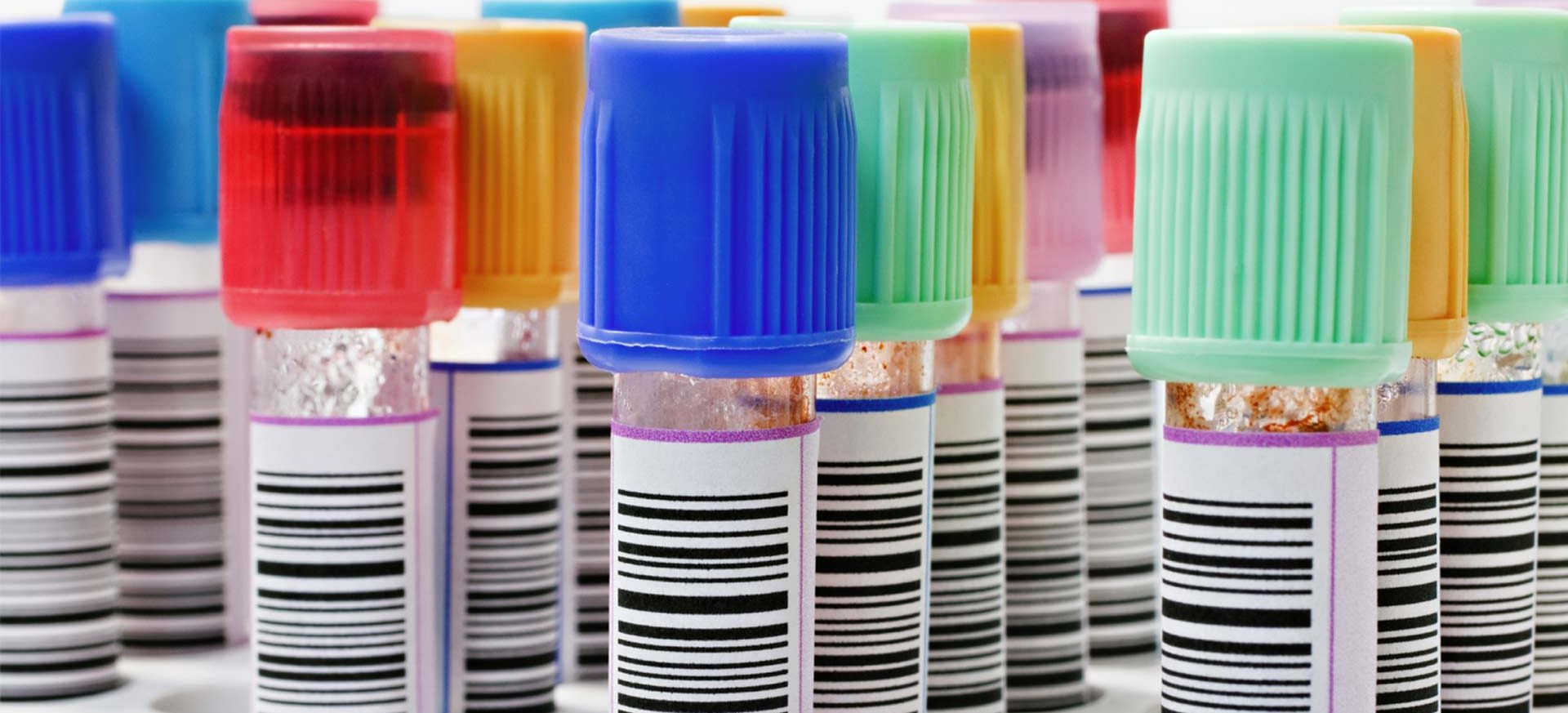
Corporate Environmental Responsibility (CER) and Labels
Biodegradable packaging – including biodegradable labels – are a positive marketing point – promoting your product and doing the planet and future generations a favour.
For some organisations – though – environmental protection and sustainability is more than a nice feeling – they represent a key corporate goal – in some cases it’s a condition of investment funds.
Corporate Environmental Responsibility (CER) for labels requires proof (certification) that goals are being met.
In this article – you’ll learn how your labels meet corporate environmental responsibility standards and how you’re able to certify this.
Take a look through our article and understand more. Learn:
- What is CER and what’s our aim with it?
- What are certified biodegradable labels?
- What CER certification exists?
- What is the real impact on the environment with biodegradable labels?
- What part recycling labels has in CER?
- Biodegradable versus recyclable labels
- What can we do about labels that don’t meet sustainability and biodegradability standards?
- Contamination by inks, varnishes and adhesives.
- Is the rest of the packaging biodegradable?
- Certification of packaging and labels – EN13432 and FSC standards.
- Practical considerations of using CER labels – lead times, minimum volumes and costs
What is Corporate Environmental Responsibility?
Corporate Environmental Responsibility (CER) is recognition by companies that they have a part to play in reducing harm to our planet and eco-system. CER has the overall goal of reducing harm to the environment.
Sometimes this is done because responsible management genuinely care about our future, sometimes it’s to secure investment (which has a CER condition attached) and sometimes it’s to benefit from positive publicity or reverse negative public opinion.
Whatever the motive, how can you prove your CER credentials?
What are Certified Environmentally Friendly Labels?
In order to get credit for your label CER efforts, you need to get proof you are making an effort. Proof comes in two forms – certified materials or 3rd party assessment of your packaging.
A handful of labelling products come with certificates to show they are compostable and many are FSC certified. There are a number of environmental auditors who are prepared to assess your entire operation and give a rating of your sustainability efforts.
What are Biodegradable Labels and Packaging?
Biodegradable means that the labels and packaging will breakdown when exposed to the environment. Just as importantly, they won’t leave behind any toxic residue when they do.
Biodegradable labels can be certified as compostable, which means they’ve been tested under commercial composting conditions. If they break down in commercial conditions they will breakdown in home composting conditions – but it may take a long time – if the conditions are not quite right.
Contamination by Inks, Varnishes and Adhesives
Ink and varnish on labels reduces the compostability of the label.
Ink and varnish won’t affect compostability certification, as long as they don’t contribute more than 5% of the total weight of the label. If it does weigh more than 5%, it won’t be able to be certified without further testing.
Biodegradable labels have adhesive that biodegrades and doesn’t leave toxic residue.
What Part Does Recycling Labels Have in CER?
The use of recycled materials in labels and the disposal of product with labels into the recycling system all play a part in Corporate Environmental Responsibility.
Labels, by their nature, are dependent on how the end user disposes your product or packaging.
You need to make a decision about whether you trust (or have researched) your clients’ inclination to recycle your product packaging or will they simply discard your products (and therefore the packaging and labels).
If studies show labels are discarded irresponsibly (as I think it would be fair to say some fast-food packaging is) then in order to be true to your CER word, you’ll need to use biodegradable labels.
Biodegradable paper labels are the perfect solution – they are both recyclable and biodegradable.
Biodegradable plastic labels are a different matter. Biodegradable plastics contaminate recycled materials and shouldn’t be recycled.
Sustainable Labels and CER
Sustainability is a big part of CER. There are a few sustainable label materials to help your CER efforts.
With paper labels, the paper used in manufacturing is (most of the time) FSC – Forestry Stewardship Council – certified paper. The FSC brand certifies that the material used comes from a sustainable and responsible forestry company. Sustainability includes wildlife habitats as well as replanting trees.
Cane fibre labels are a popular sustainable label material. The labels are made from sugar cane fibre material mixed with natural hemp and linen. The sugar cane material is a biproduct of the production of sugar so production of sugar cane paper has the added benefit of avoiding waste.

As an added benefit, cane fibre labels are made with biodegradable adhesive, making them fully biodegradable and meet composting standards.
Options for plastic labels include bio-plastic labels – although the labels contain an element of petro-based oil, the renewable content is much higher.
Rock paper is label material made from recycled plastic and marble dust. It has a soft touch and is waterproof. Rock paper can be recycled and is made without the use of water – which the manufacturers claim is more sustainable.
Soya-based inks are sustainable – but these inks are a specialist material and not widely available. Contact us to discuss soya-ink labels.
Is the Rest of the Packaging Biodegradable?
Labels play a small part in CER and work hand in hand with product packaging.
Without a product’s packaging being ‘compatible’ with the label – the overall CER benefits are lost.
You won’t be able to recycle a label if it’s attached to the wrong packaging. For example – plastic labels attached to a cardboard box.
Suitable partnerships include:
Paper labels on card or paper packaging
Plastic labels on plastic packaging
Compostable labels onto paper or card
Certification of Packaging and Labels - EN13432 and FSC Standards

The two certifications around packaging and labels are the compostability standard EN13432 and the Forestry Stewardship Council (FSC).
FSC certification is a mark of ‘sustainability’ on forestry products, everything from cork, latex, timber to, of course, paper labels.
Biodegradable labels are made from materials that are tested under EN13432 and meet standards such as size of particles after six months and whether there are any toxins present.
We’re not aware of any certification surrounding non-biodegradable plastic labelling.
How We Can Help Your CER Efforts
- We can advise you on which labels are compostable and provide certification.
- If you need a Forestry Stewardship Council (FSC) chain of custody certificate to go with your paper labels we can help you get that.
- We can supply you with biodegradable labels.
- We can also make recommendations about recycling your labels and suggest suitable labels that can be recycled with your packaging.
What About Labels that Don't Meet Recycling and Biodegradability Standards?
In order to meet standards you must use products that meet EN13432, the compostablility standard or FSC certified paper. Compostable labels are made from paper or biodegradable plastic material.
Some label materials aren’t biodegradable or made from paper. In this situation, the next best solution is to make recycling as easy as possible – matching label and packaging materials.
If recycling isn’t possible – for example metal products with waterproof labels – then the least harmful approach would be to use sustainable plastic labels – such as rock paper or bio plastics.
CER Labels in Practice - Lead Times, Minimum Volumes and Costs
FSC Labels
Sustainable paper labels from the Forestry Stewardship Council are widely available and easily sourced. Leadtimes are typically ten days and prices are standard prices. The other factor found with label materials is minimum volumes. Because FSC sourced paper is so widely used, there are no difficulties with minimum volumes.
Biodegradable Labels
Biodegradable labels are still not produced in volume – and neither are the materials. The result is that label manufacturers are reluctant to hold stocks of material – so if you’re buying biodegradable labels – (biodegradable paper or plastics) you’ll likely be paying for a new stock of material. Lead times for special materials (as biodegradable is considered) are often longer than for standard products.
Prices for biodegradable labels are significantly more expensive than standard materials. For examples 1,000 paper labels would cost £15, for similar biodegradable paper labels expect to pay £110.
Useful Links
- Barcode Labels
- Biodegradable Labels
- Block Out Labels
- Booklet and Fold out Labels
- Cryogenic Labels
- Fan-Fold Labels
- High Temperature Heat-Proof Labels and Tags
- Label Design and Print Software
- Loop Lock Labels
- Peel and Reveal Labels
- PiggyBack Labels
- RFID and Security Labels
- Security Labels
- Sustainable Labels
Get a Free Sample Pack
-
Our Products -
More Products




